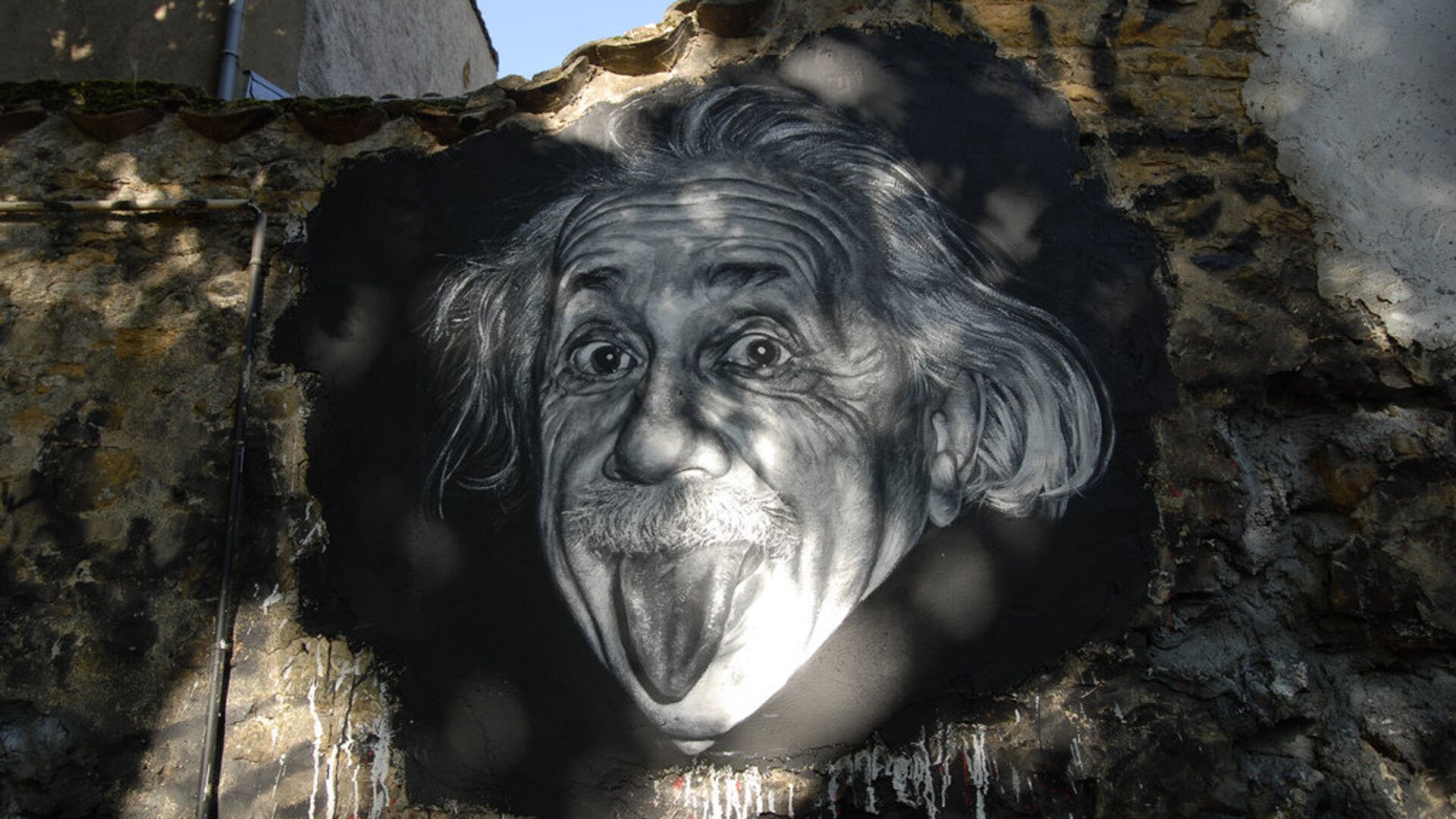Einstein’s 'Most Valuable Manuscript Ever' on Theory of Relativity May Fetch up to $4 Mlm at Auction

© Flickr / thierry ehrmann
Subscribe
The rare document, written between June 1913 and early 1914, has equations scribbled all over it and is riddled with corrections and crossings-out. It offers a glimpse into how the theoretical scientist tackled a crucial stage in the development of his theory of general relativity.
A rare manuscript of Albert Einstein’s hand-written calculations made as the physicist was developing his theory of general relativity is set to be auctioned for an estimated £2-3 million ($2.5-4 million).
The document revealing how the famous physicist tried to explain an anomaly spotted in the orbit of Mercury, was described as “without doubt the most valuable Einstein manuscript ever offered at auction” by Christie’s France and Aguttes, the auction houses set to run the sale in Paris on 23 November.
Einstein's calculations for the theory of relativity NFT is up for auction too.
— Adrian Legg (@memenow) September 21, 2021
Bids to exceed €3m in Eth and valued more than the physical version.
It's all relative it appears.https://t.co/CPnwSqOw1f https://t.co/zG7HRKwCUY pic.twitter.com/0pLwcyZ9av
The document is one of only two surviving works documenting the early versions of the theory of general relativity, with the other on display at the Hebrew University in Jerusalem. The 54-page manuscript was written between June 1913 and early 1914 by Einstein and his life-long friend and collaborator, Swiss engineer Michele Besso.

Famed physicist Albert Einstein is shown playing the violin, date and location unknown
© AP Photo
A total of 26 pages are in Einstein’s hand, covered in equations and calculations, 25 in Besso’s, and three pages contain writings by both scientists.
There are a great many corrections and crossings-out in a sign of the two men's struggle with the challenging problem.
“Einstein’s autographs from this period, and more generally from before 1919, are extremely rare… It provides a remarkable insight into Einstein’s work and a fascinating dive into the mind of the greatest scientist of the 20th century,” said Adrien Legendre, director of the Books and Manuscripts department of Christie’s.
She added that it was thanks to Besso that the manuscript has survived to our day, as Einstein would “probably not have bothered to keep what he saw as a working document.”

